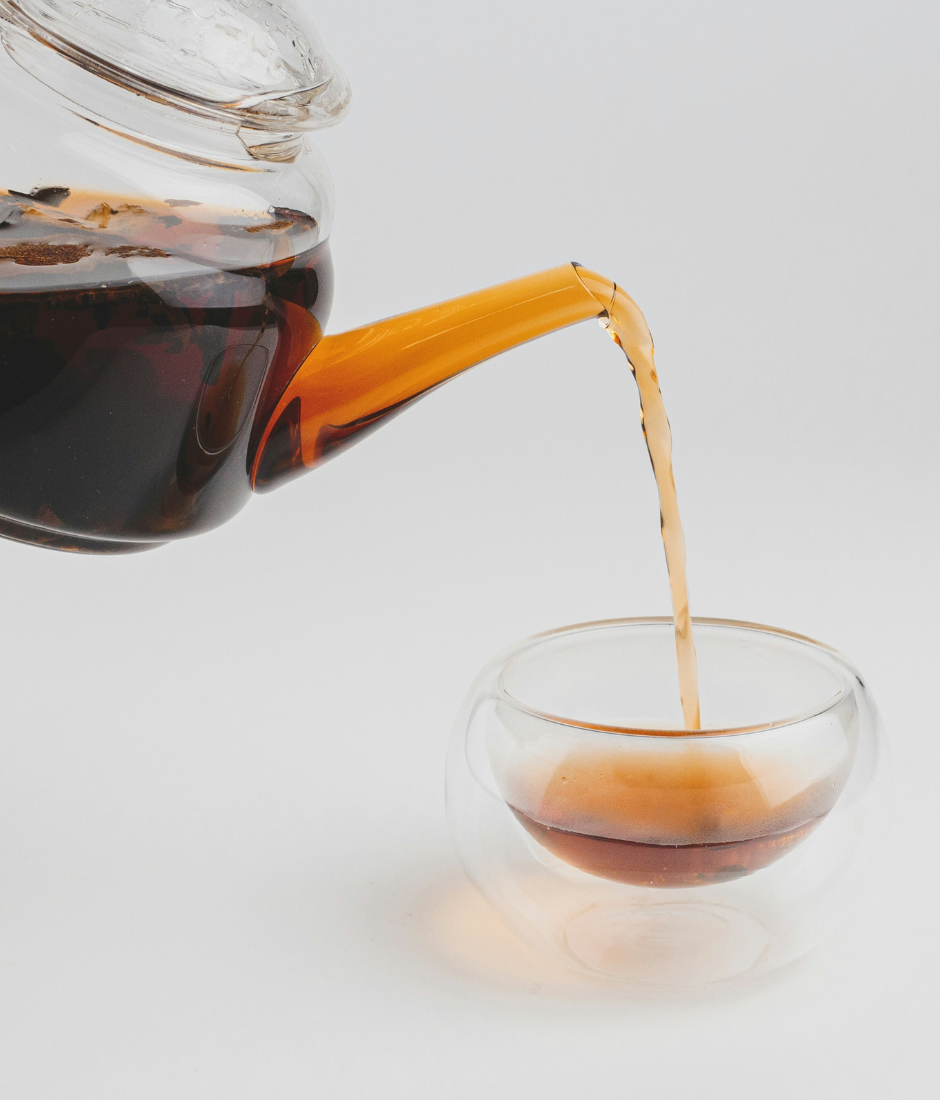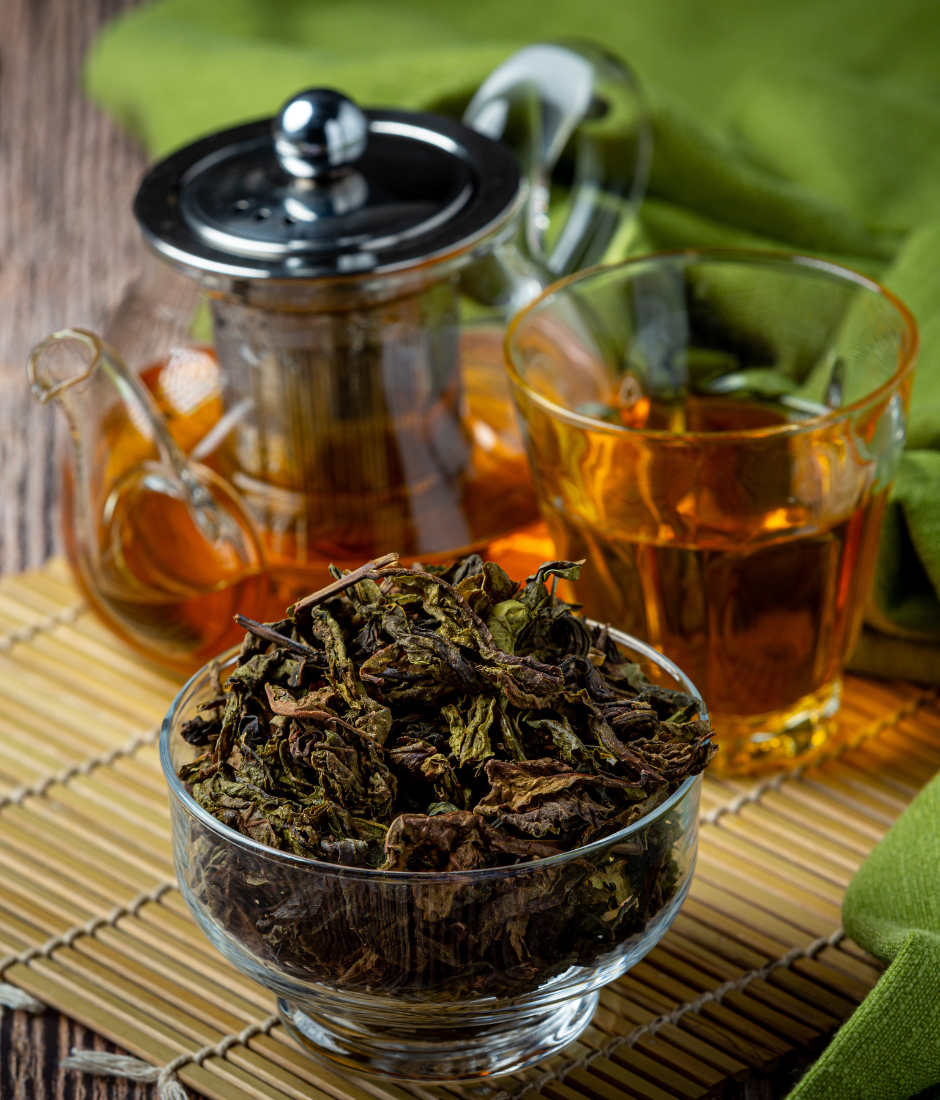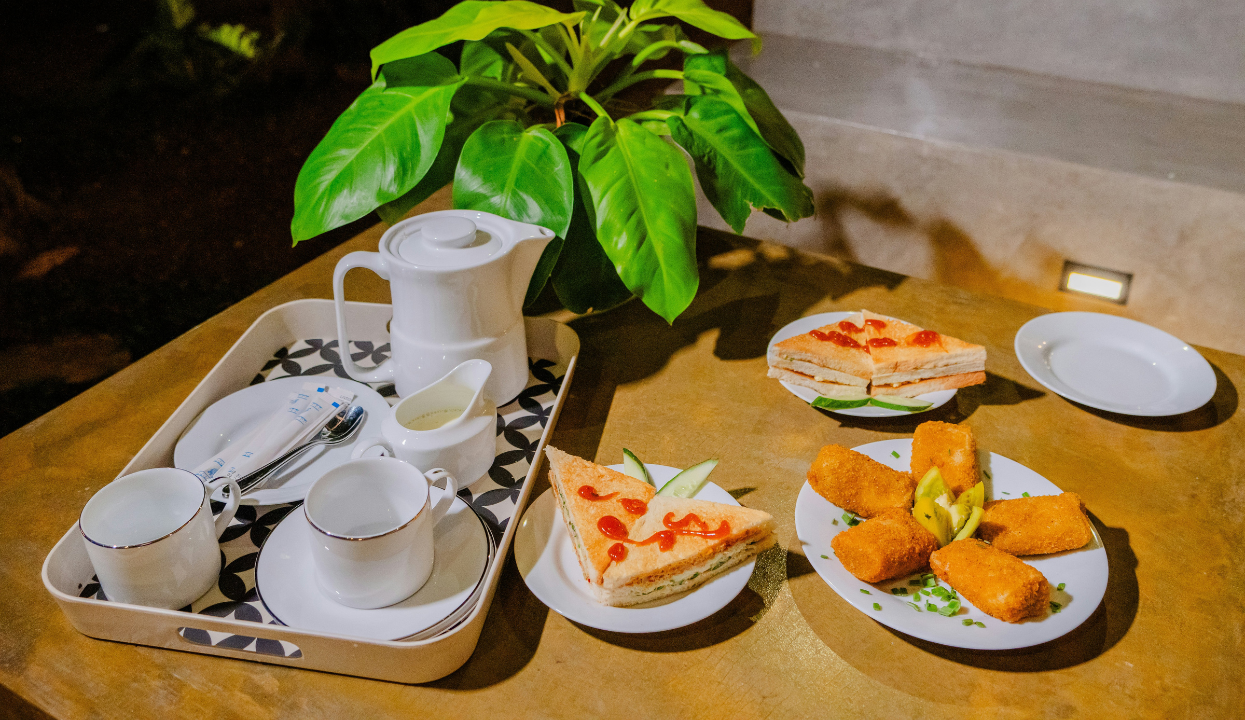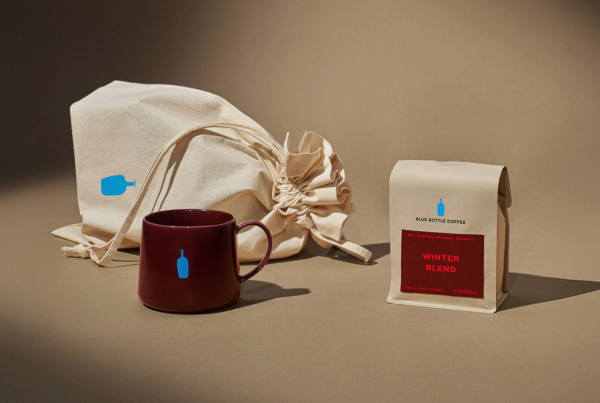Black Tea

For black tea, the goal is to pair its robust, full-bodied flavour with foods that can stand up to it. When pairing savoury dishes, go for rich meats like roast beef or lamb, as well as hearty, creamy meals such as cheesy pasta or lasagne. Black tea’s natural astringency is key here, helping to cleanse your palate after each bite of rich food. This makes it an ideal companion for a charcuterie board featuring cured meats and aged cheeses, or for a traditional Sunday roast.
When your sweet tooth calls, Black Tea is still the answer. It is the traditional and perfect partner for all your high tea indulgences: think shortbread, scones, pastries and jam-filled cookies. Essentially, if it’s made with flour and sugar, a bold black tea will provide the perfect counterbalance. Beyond specific snacks, Black Tea also holds the title for being the most common tea pairing for breakfast.
Green Tea

Known for its bright, grassy and subtle vegetal notes, Green Tea is light-bodied and works best when paired with foods that allow its subtle flavour to shine. It’s the ultimate cheerleader for clean, light eating.
When it comes to savoury and mild pairings, green tea is a natural fit for dishes that won’t dominate its delicate profile. Think salads (especially savoury ones with rice or pasta), plain rice, mild curries, poultry and vegetarian dishes heavy on the greens. The tea’s lighter flavour enhances the food without overpowering it, and its earthy or nutty notes beautifully complement these mild dishes.
For a vibrant and balanced snack experience, pair green tea with fruits. It goes perfectly with crisp, slightly tart options like green apples, kiwi and citrus. Melon is considered a particularly good choice. For an extra flavour boost, you can even infuse the tea itself with lemon or apple slices to enhance its natural zing.
Herbal Tea

Herbal teas are unique because they are made from dried flowers, spices and herbs, meaning the best food pairing depends entirely on the specific infusion’s flavour profile. If you have a flowery or fruity herbal tea, such as jasmine or chamomile, it pairs wonderfully with desserts and meals that share a citrus or tart flavour profile. In contrast, an earthy flavoured herbal tea is a perfect complement to mild, savoury dishes like soups and stews. The key is matching the tea’s dominant note to the lightness or richness of the food.
Oolong Tea

Oolong tea sits perfectly between black and green tea, meaning it offers a subtle complexity and wide appeal. Its diverse flavour profile allows it to pair well with a variety of foods, making it a versatile choice for any occasion.
For a perfect “toast moment,” Oolongs pair beautifully with creamy textures and sweetness, complementing spreads like nut butters, honey or sesame toast. Furthermore, Oolong is also an excellent palate cleanser, making it a great addition when you are enjoying spicy food. Ultimately, its balanced nature ensures it can hold its own across a wide range of snacks and meals.
White Tea

White tea is the most subtle and delicate sip of the bunch – a true flavour whisper.
When it comes to pairing, the strategy is simple: Match the Delicacy. This tea’s subtle flavours shine best when accompanied by light and delicate foods.
A crucial warning for white tea lovers: Do not consume any rich foods alongside it. These heavy flavours will easily overpower and cancel out the subtle essence of the tea, making your elegant brew virtually tasteless.
The next time you reach for a cup of tea, remember that a thoughtful pairing can transform your break from routine to remarkable. Whether you’re cutting through the richness of a lasagne with a bold Black Tea or finding harmony in a salad with a grassy Green Tea, understanding the flavour dynamics is key. Go ahead – experiment, enjoy and make every snack an intentional, delicious moment.





















